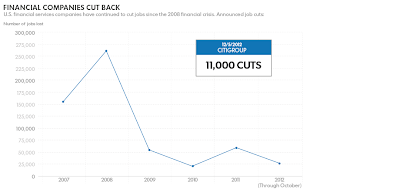
Some 80,000 homes will be built and based on the number of cities PR1MA homes will be constructed, it should be well spread out in the country.
The need for affordable housing shows that having the means to buy a house is no longer the concern of the poor. Young and middle income families are increasingly being squeezed in their ability to buy a home.
A survey conducted in 2009 showed that 850,000 people or 35% of people surveyed within that income bracket were not home-owners. The scary thought is home prices have escalated since 2009 and if the survey was conducted now, the percentage could be higher.
With prices now being fixed at between RM100,000 and RM400,000 for each home, the band gives home buyers some certainty in knowing that the price of homes will be fixed.
The 80,000 homes that are going to be built by PR1MA would cater for less than 10% of the people within the income bracket who do not yet own a house. The number of homes being built I presume will only be the start of a more comprehensive programme that should see PR1MA, other governmant agencies and state agencies take on the role of the supplier of affordable homes.
Based on a previously published question and answer, PR1MA will not provide financing to applicants to buy a home. They will need to arrange for their own financing but there will be a list of panel bankers where a housing loan can be obtained from.
Its important that the interest rate being charged for loans to buy affordable homes be capped at a decent level. Mortgage calculators show that should successful balloters for homes priced at RM400,000 receive a full loan based on the price of the house, and are charged a fixed interest of 4% per annum, then it will cost them about a quarter of their monthly household income if the collective wage of the household is RM7,500 per month.
The monthly repayment for a RM100,000 house for those earning RM2,500 a month and charged the same interest on a full loan will be 19% of the monthly pay packet.
Given that the intrinsic value of the PR1MA homes should be higher if they are built on prime Government land, then the collateral value of the homes should be more than the value of the loan, hence reducing the need for such homebuyers to cough out a 10% downpayment to buy such homes.
In fact, both PR1MA and the state governments should work together to identify further land for future projects as providing a roof over the heads for Malaysians should never be made a political issue. Plus, its important for the PR1MA homes to be more than concrete public housing. There should be amenities and green spaces to make the environment more appealing to future home owners.
Acting business features editor Jagdev Singh Sidhu wonders what the price of those PR1MA homes will be after the moratorium period to sell them has ended.
MAKING A POINT By JAGDEV SINGH SIDHU
The Star
The Star
Related post/sites:





